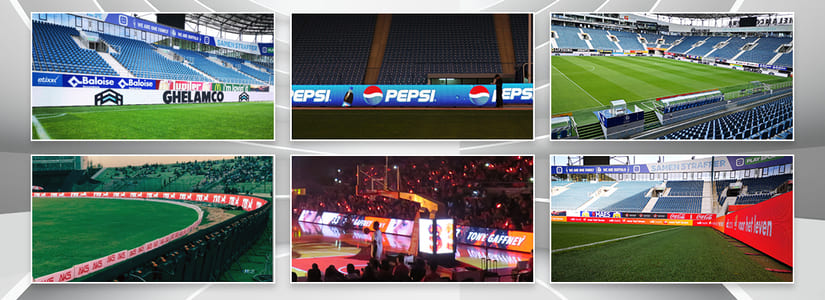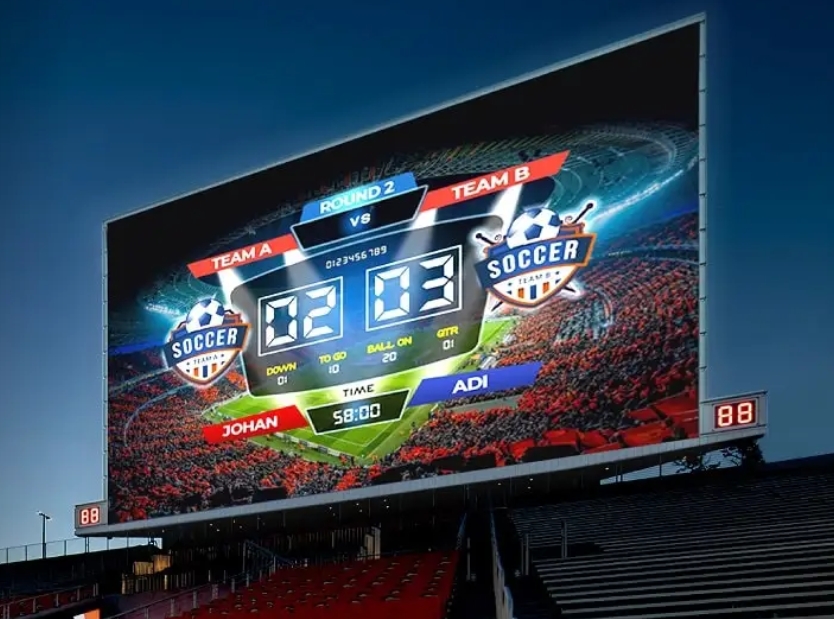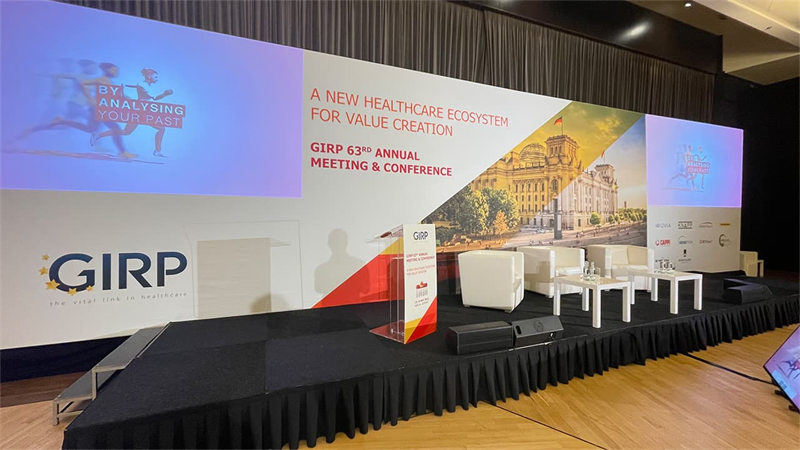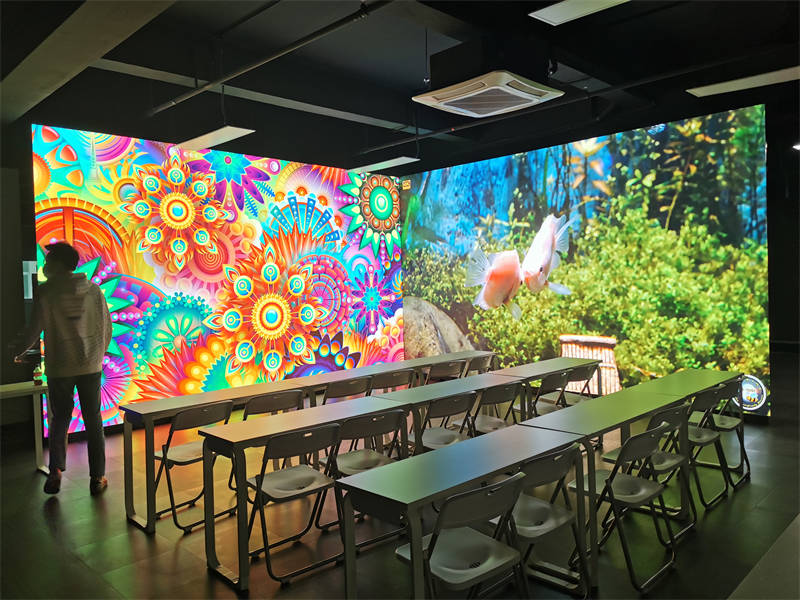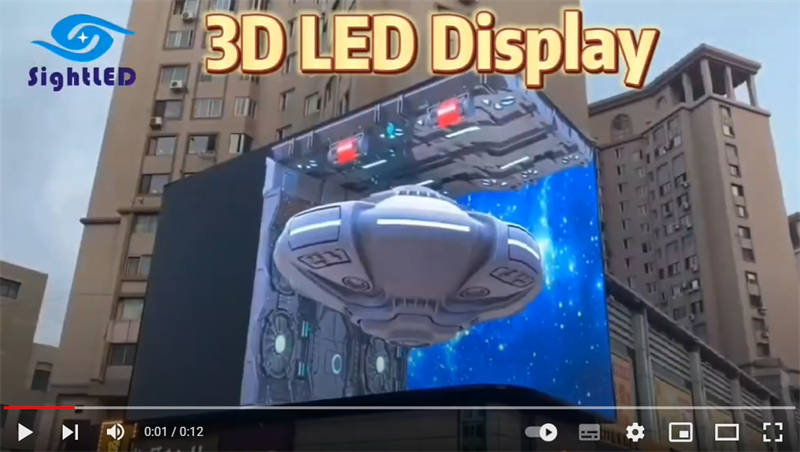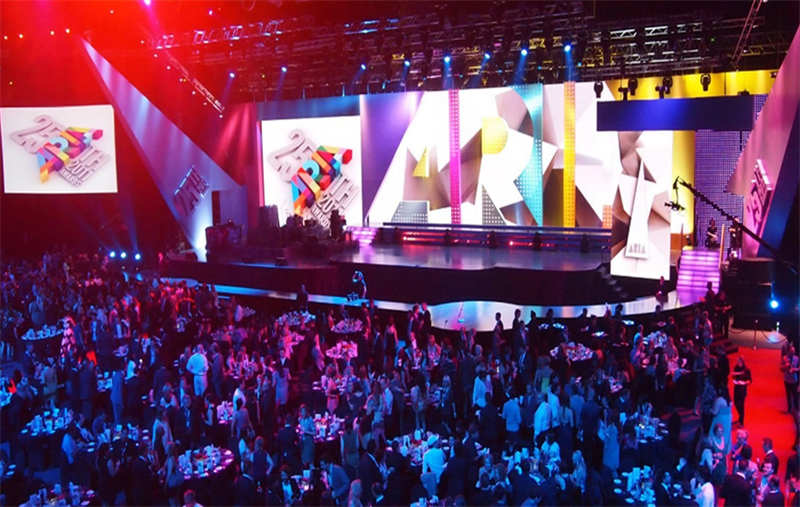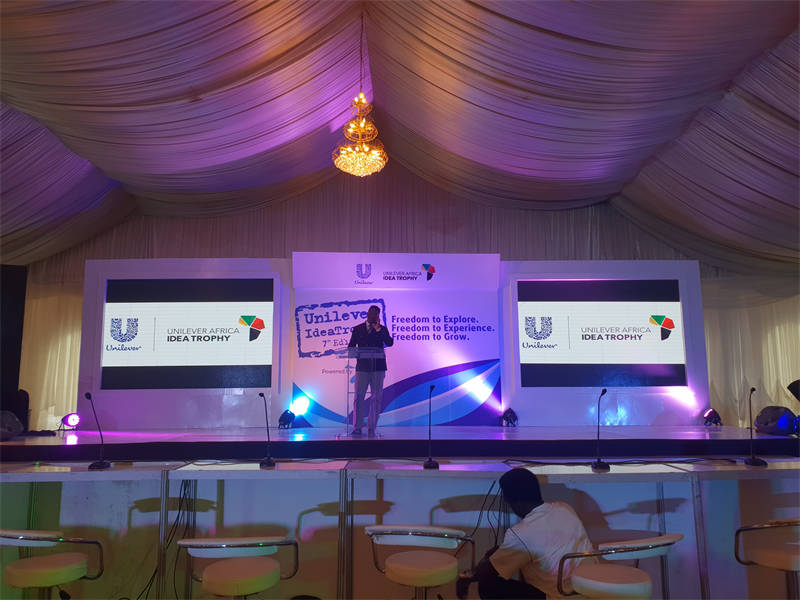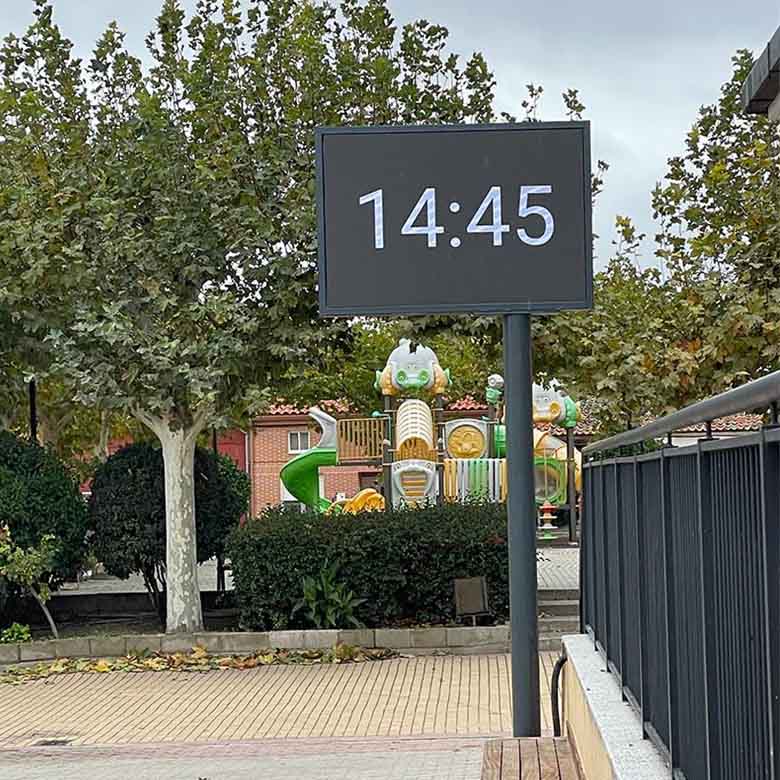Large LED video screen rentals for stadiums and arenas are an excellent solution for enhancing the spectator experience during sporting events, concerts, and other live performances. These screens provide high-definition visuals that can be viewed from a distance, ensuring that everyone in the venue has a clear view of the action. LED video screens offer vibrant colors, crisp imagery, and high brightness levels, making them ideal for outdoor venues where sunlight may be a factor.
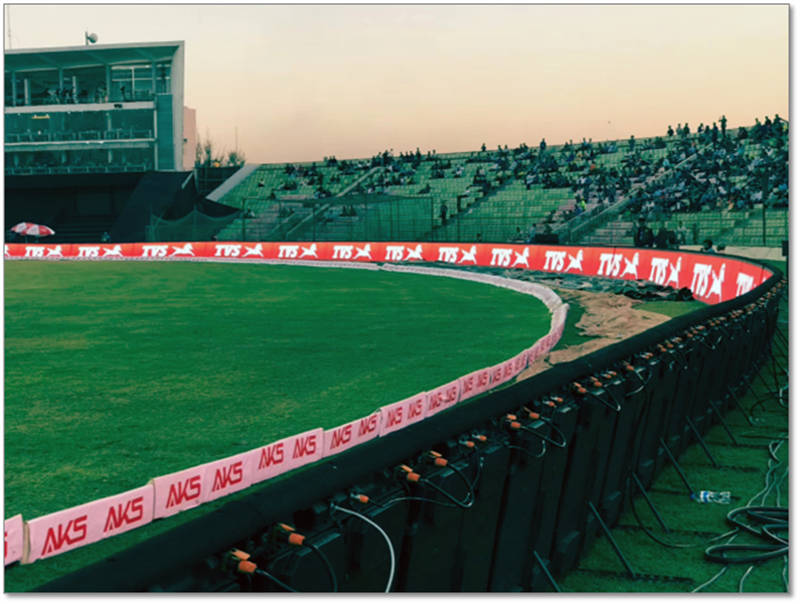
Rental options allow stadiums and arenas to customize the size and configuration of the LED screens based on their specific needs and budget constraints. Additionally, rental packages often include professional installation, technical support, and on-site maintenance to ensure seamless operation throughout the event. Overall, large LED video screen rentals are a versatile and effective solution for engaging audiences and creating memorable experiences in stadiums and arenas.
Table of Contents
ToggleWhat are the types of Stadium LED Screen?
1). Live Video Wall: Comprising multiple LED displays, including ceiling installation, bending, and freestanding configurations, the live video wall offers wide viewing angles and high image clarity. It can display complete images or divide them into different windows, ensuring all spectators at the venue witness every highlight of the live event. With features like high contrast, high refresh rates, and accurate color reproduction, it synchronizes seamlessly with the field of play and attracts potential sponsors.
2). Stadium Fence Screen: Positioned along the stands, stadium fence screens replace traditional fences and display additional content. They cater to various sports events like football, basketball, and handball, providing accurate color rendering for brand logos and high refresh rates to prevent black lines and flickering during live broadcasts. Designed with anti-collision features, they ensure stable operation even under high-intensity impact, with soft masks to prevent player injuries.
3). Center Hanging LED Display: Utilized for central game information, scores, timing data, and player statistics, the center hanging LED display can also be divided into multiple areas to show various information, animations, live broadcasts, or replays. It facilitates segmentation management, network-wide screen updates, and audience interaction, enhancing the atmosphere of the venue.
4). LED Strip Display: Serving as a complement to the main stadium screen, LED strip displays are designed to showcase strip-shaped videos, animations, and advertisements. Lightweight and easy to maintain, they are suitable for different installation environments.
5). LED Bucket Screen: Positioned at the center of the stadium, the square LED display, resembling a funnel, is known as the “bucket screen.” It conforms to competition standards, offering lifting adjustment capabilities and meeting the needs of competitions and performances.
6). Small-pitch LED Display in the Coach Lounge: Ideal for displaying fast-moving sports content at close range, small-pitch LED displays in coach lounges are suitable for coaching, tactical layout, and game playback purposes. They offer high resolution and clarity for effective analysis and strategy development.
Classified by Purpose
1). Full-color LED Large Screen: Utilized for playing highlights or replaying close-up shots in slow motion from the stadium or other venues. It provides a visually engaging experience for spectators and enhances the overall atmosphere of the event.
2). Stadium LED Fence Screen: Primarily used for displaying commercial advertisements, the LED fence screen consists of interconnected single LED cabinets for easy assembly and maintenance. It allows for quick disassembly and adjustment of the viewing angle, ensuring optimal visibility for spectators.
3). Timing and Scoring LED Display: Integral to the timing and scoring system of the game, this display showcases players’ game results and related information. It ensures real-time accuracy and clarity, with additional features such as animations to enhance expressiveness and engagement.
Classified by Installation Environment
1). Football Field LED Display: Installed around football fields, this display broadcasts advertisements and other content to spectators. It offers rich and dynamic content, contributing to the overall entertainment experience during matches.
2). Funnel-shaped LED Display: Suspended above indoor stadiums, such as basketball arenas, this display provides information about athletes, scores, event progress, and live events. It enhances audience engagement and facilitates the smooth flow of events.
3). Stadium Wall LED Display: Positioned on the wall at one end of the gymnasium, this large display screen synchronizes with live events and showcases real-time event information. It serves as a focal point for spectators and ensures everyone stays informed throughout the event.
4). Outdoor Column LED Display: Designed for installation on large columns in open-air stadiums, this display boasts high-quality performance, including wind and dust resistance, temperature adaptability, and durability in various weather conditions. It provides clear visibility and engages spectators from a distance.
A Few Key Parameters of Outdoor Stadium Screen
- Surface Roughness: The surface of the full-color LED stadium display should maintain a roughness within +1mm to prevent image distortion. Any partial convex or concave areas can lead to blind spots in the display’s visual angle. The flatness is primarily determined by the production technology used.
- Brightness and Visual Angle: Outdoor stadium video screens require high brightness levels, ranging from 800cd/m2 to 1500-10000cd/m2, to ensure clear and vivid images even in bright sunlight. The brightness is mainly determined by the LED chip used. However, excessive brightness can shorten the lifespan of the LEDs. The display’s visual angle, which determines the audience’s viewing experience, is mainly determined by the LED chip encapsulation method. SMD LEDs offer better viewing angles compared to DIP LEDs.
- White Balance Effect: White balance is a crucial indicator of full-color LED displays. It ensures that the displayed colors remain accurate and authentic. Any deviation from the ideal red, green, and blue color ratios can result in color imbalances. The white balance is primarily determined by the control system of the display screen.
- Color Reducibility: Color reducibility refers to the ability of the display to accurately reproduce colors from the source image. The displayed colors must closely match the original colors to maintain image authenticity.
- Mosaic and Dead Light Phenomena: Mosaic refers to the appearance of constant bright or black blocks on the display, known as module necrosis, often caused by issues with the display connectors. Dead lights are constant bright or black points on the display screen, indicating the quality of the LED chips. Rigorous testing, such as a 72-hour aging test before shipment, helps eliminate dead light issues and ensures high-quality products.
- No Obvious Color Lump: Color lump refers to the noticeable color difference between adjacent modules of the display. While slight color variations may exist between different batches of LED displays, significant color lumping can affect the overall display quality. Strict production processes in accordance with ISO quality standards help minimize color lumping.
- Robustness: Outdoor stadium LED displays must withstand adverse weather conditions while delivering vibrant and high-quality output. Displays with IP65 and IP66 ratings are rugged and weatherproof, suitable for outdoor environments. Additionally, a range of pixel pitches, from 4mm to 10mm, ensures compatibility with various outdoor venues.
Recently, our P8 outdoor led stadium display installed in the new football stadium. Stadium led display is being widely used as perimeter led display, stadium led display, basketball arena sporting led display etc. Besides this kind of sporting usage, led display is being used for the world’s most popular sports–Football. As the leading led display solution provider in China, Sightled contributed to this well-known football stadium, we contributed to stadium outdoor led display with size 15.36m x 7.168m, the module size:320*160mm, cabinet size:960*960mm, main features of this project as below:
Waterproof Sports Stadium LED Screen
✔️ Cabinet size: 960 x 960 mm (standard), or customized 1280mmX960mm and other sizes.
✔️ Pixel pitch: 6mm, 8mm, 10mm
✔️ LED Lamp: SMD/DIP
✔️ Cabinet material: Magnesium alloy
✔️ High brightness with high gray scale
✔️ Fast maintenance
✔️ 160° view angle
✔️ High refresh rate
✔️ High contrast ratio
✔️ Front IP65 & Back IP64 rating
PRODUCT DETAILS
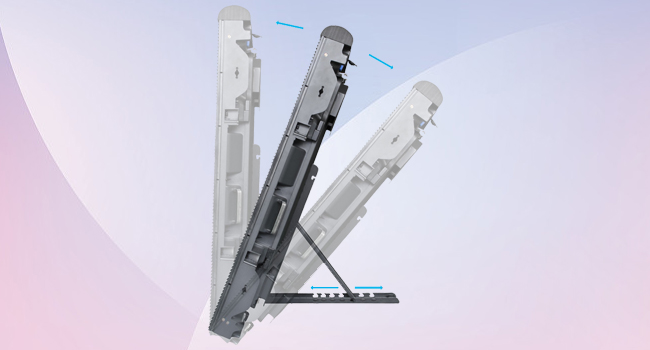
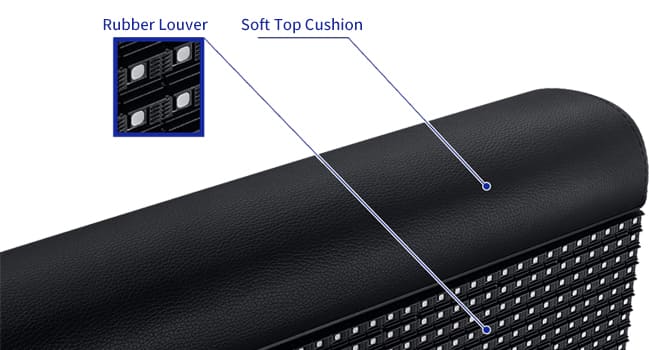
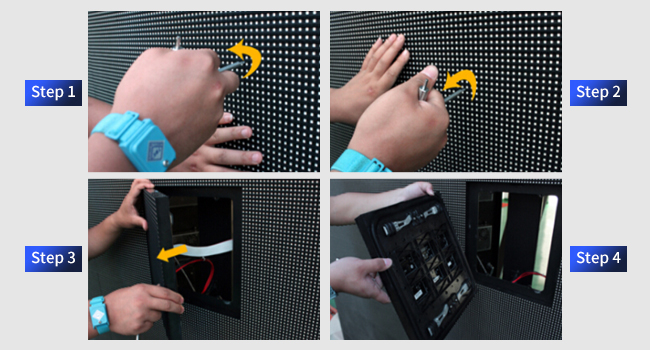

Adjustable Back Brackets
Cabinet can be adjusted flexibly from 65°-90° for better view angles.
Injury-Preventive Design
With top-quality cushioning and a soft mask cover, our design prioritizes players’ safety,
offering protection from potential injuries while ensuring comfort and performance.
Fast & Easy Maintenance
Can be customized, front or rear access for modules or other accessories.
Easy to make maintenance during the sport games
Multiple usage
The cabinets are designed for multiple use purposes.
Stand on the stadium ground for sport LED advertising or
stacked up as a big LED panel.
Aging test and shipping made in our factory
With 360° protection which is specifically made for sports stadiums. Its superior visual performance, high contrast ratio, high refresh rate, and wide viewing angle have become the new standards of FIFA and UEFA. Funcations can be customized, IR funcation for sport stadium LED display is available too.
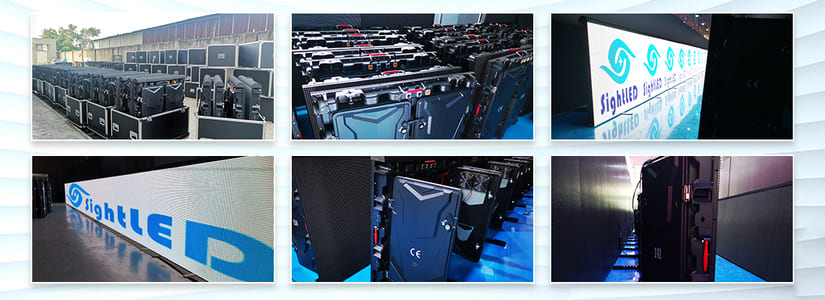
LED diplays we built recently
